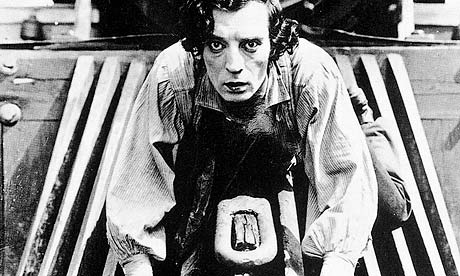Masters of Cinema Buster Keaton Collection: Part 2 – The General (1927) – Review.
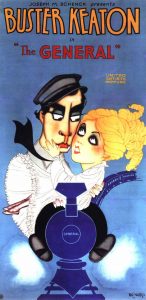 The second film in our look at the recent Eureka Video Buster Keaton Collection is, perhaps his most famous, The General. It’s a film which Orson Welles – in one of the extras on the Blu-Ray release – described as “perhaps the greatest film ever made.” It is, as we will see, a much different film from Sherlock Jnr., the first film in the set which was reviewed here.
The second film in our look at the recent Eureka Video Buster Keaton Collection is, perhaps his most famous, The General. It’s a film which Orson Welles – in one of the extras on the Blu-Ray release – described as “perhaps the greatest film ever made.” It is, as we will see, a much different film from Sherlock Jnr., the first film in the set which was reviewed here.
It’s based very loosely on a true story as told in the book The Great Locomotive Chase by William Pittenger. The memoir recounts the story of how, during the American Civil War, a few spies for the North planned to cross enemy lines and steal a train from the South, a plan which had to be abandoned after they were pursued by another train driven by Southern soldiers. The spies were captured and taken as prisoners of war with some being executed although Pittenger survived and was eventually handed over to the North as part of a surrender.
It’s obvious what attracted Keaton to this story – there is adventure on a massive scale, designed to rival similar epics like John Ford’s The Iron Horse, the opportunity for his usual physical daring and, with a few tweaks, romance and comedy.
In the film the roles are reversed somewhat from the book. It’s not told from the point of view of the Northern spies but from one Southern hero (the number of Southerners who pursued the stolen train is reduced to just Keaton). The spies also complete their mission which acts as a spring-board to a much larger invasion by the North which, one of the soldiers claims, could be a major turning point in the war. It’s up to our hero to save the day.
Perhaps the biggest change to the actual events, however, is the introduction of Annabelle Lee (played by the brilliant Marion Mack). The film starts with Johnnie Grey (Keaton), an engineer with Western & Atlantic Railroad visiting Annabelle’s house to present her with a gift (a photograph of Keaton and the other love in his life – his train The General). As he is sitting with her, her brother rushes in proclaiming the start of the Civil War. He and their father are determined to enlist immediately and go off to fight for the South and Keaton sets out to be the first in the queue and so demonstrate to his girl that he is as brave as the men in her family. Unfortunately, when trying to enlist, it is decided that he is not wanted as train engineers are too valuable to the war effort. Of course, they don’t tell him the reason and he leaves ashamed, humiliated and accused of cowardice. Annabelle dumps him unceremoniously declaring she never wants to see him again unless he is in uniform.
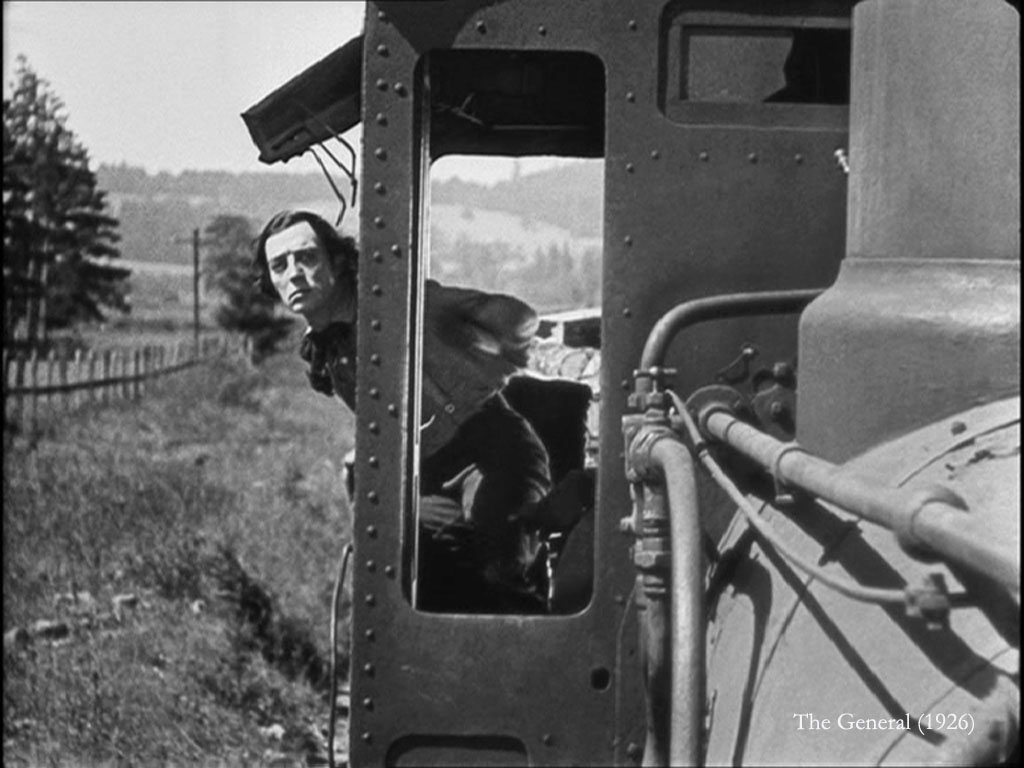
A year later Annabelle says goodbye to her injured brother and catches a train to visit her injured father. It is this train that the northern spies are going to steal, which they do so with Annabelle on board. As the train pulls away Keaton gives chase and soon finds that he is the only pursuer. What follows is essentially two extended chase scenes – train chasing train through the state of Oregon (standing in for Georgia).
When The General was originally released in the February of 1927, many critics dismissed it. Firstly, the fact that the film was a comedy based during the Civil War upset a lot of people and was the reason it couldn’t be filmed in Georgia. Secondly, although the film is a comedy, it’s not the gag-fest of some of Keaton’s earlier films, Sherlock Jnr. being the most obvious example. In fact, I would class it more as a humorous adventure film rather than an outright comedy.
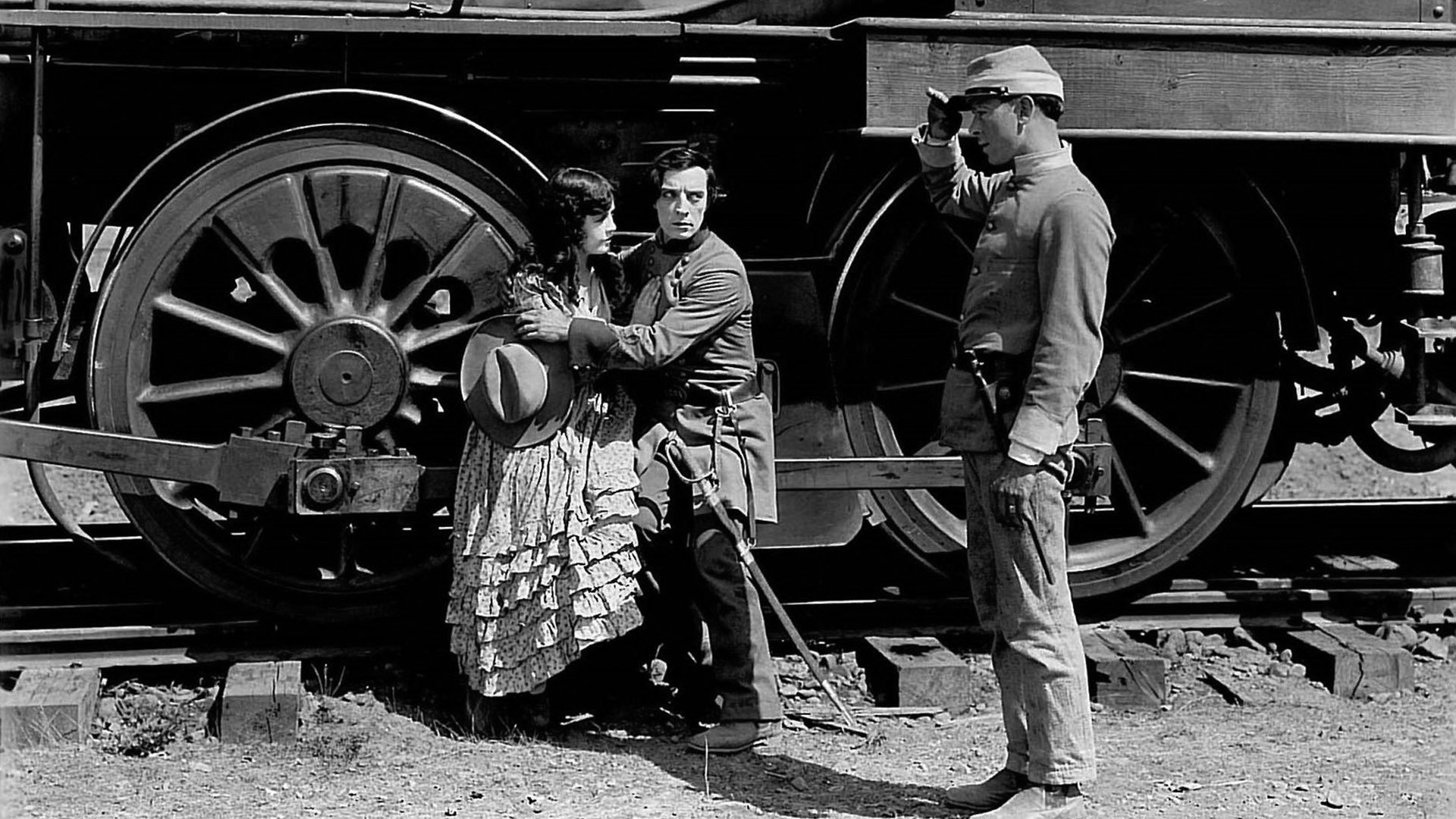
Finally, many critics complained that the ‘Frozen Face’ of Buster Keaton (he didn’t become known as Stone Face until much later) didn’t work in the feature length format. The longer the film, they argued, the more depth a character has to have in order to make them more interesting and identifiable. Personally I think that these critics overlooked a very nuanced performance as Keaton managed to convey the passion, pride and difficulty Johnnie Grey experienced. He did this with his eyes and his whole body whilst maintaining his famous onscreen persona.
In fact, this is arguably the best performance of Keaton’s career and he easily maintains and carries the film. He is as agile as ever and, whilst there are few in the way of singular spectacular physical stunts (think of the water-stop in Sherlock Jnr.) he still manages to illustrate how courageous and athletic he was.
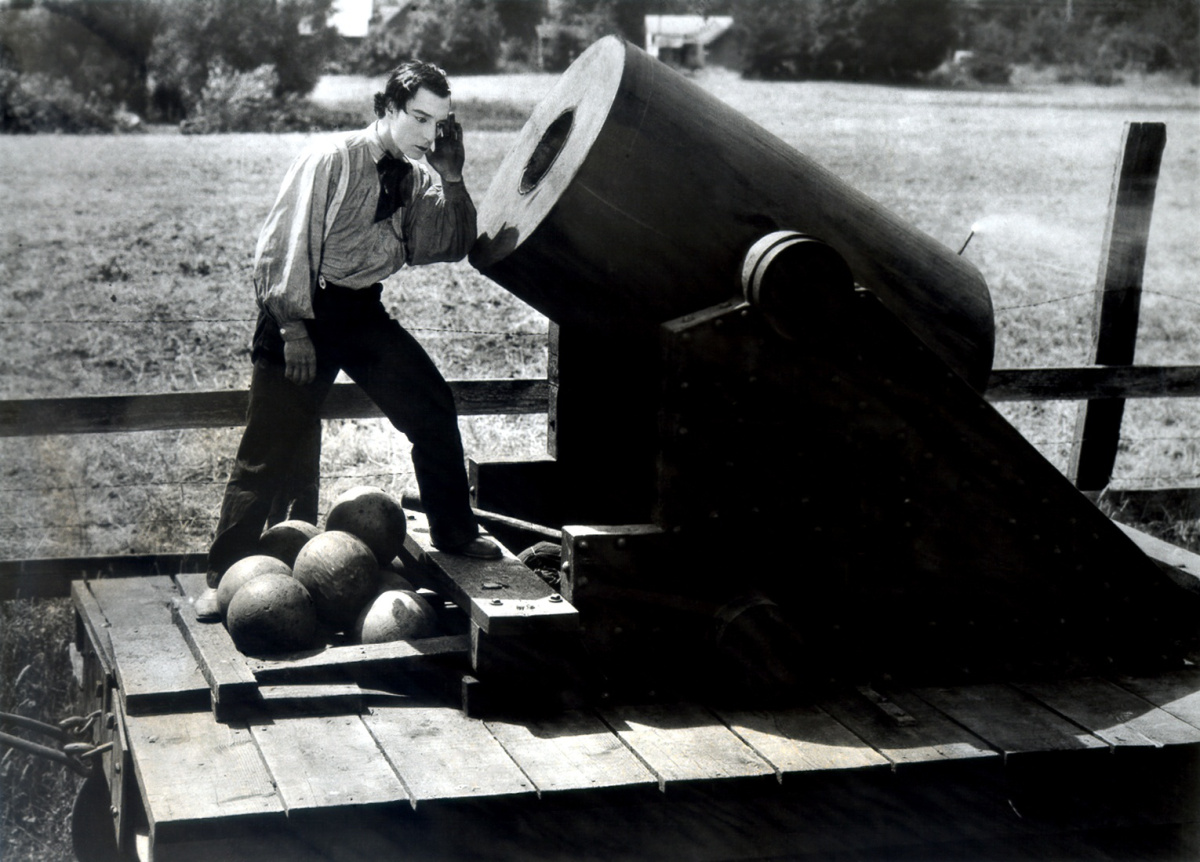
Marion Mack also deserves a special mention as Annabelle Lee. She is not there merely as the love interest and to flutter her eye lashes. From the moment she is kidnapped, she is thrown around, tied up in a sack and trodden on, squeezed very unceremoniously through a small hole and repeatedly soaked (by the rain and by a water–stop). She does so with aplomb and matches Keaton in terms of endurance every step of the way.
Orson Welles has claimed that The General is the greatest Civil War film of all time and it is sandwiched nicely between two recognised classics – Birth of a Nation and Gone With The Wind – both of which have earned higher profiles, however, I would agree that not only is it greater than either of these films, it actually stands shoulder to shoulder with The Good, The Bad and The Ugly as one of the greatest Civil War films ever made.
Firstly, whilst it continued the trend in the first half of the 20th century to favour the South when depicting the Civil War on screen, it does not indulge in the racist politics of the other films and there’s no mention of slavery apart from a quick shot of slaves carrying luggage at the station early on. This makes it most palatable for audiences ninety years later.
Secondly, the film is at its core, a very simple love story about one man trying to impress one woman and doing so in epic fashion. The stunts are spectacular, especially the train’s final plunge into the river. This shot was, at the time, the most expensive single shot in history at a cost of $42,000 and attracted between three to four thousand residents of Cottage Grove (where it was filmed) who declared the day a local holiday so everyone could enjoy the event. The wreckage was then left in the river and became a tourist attraction for many years until it was salvaged for scrap during the second world war.
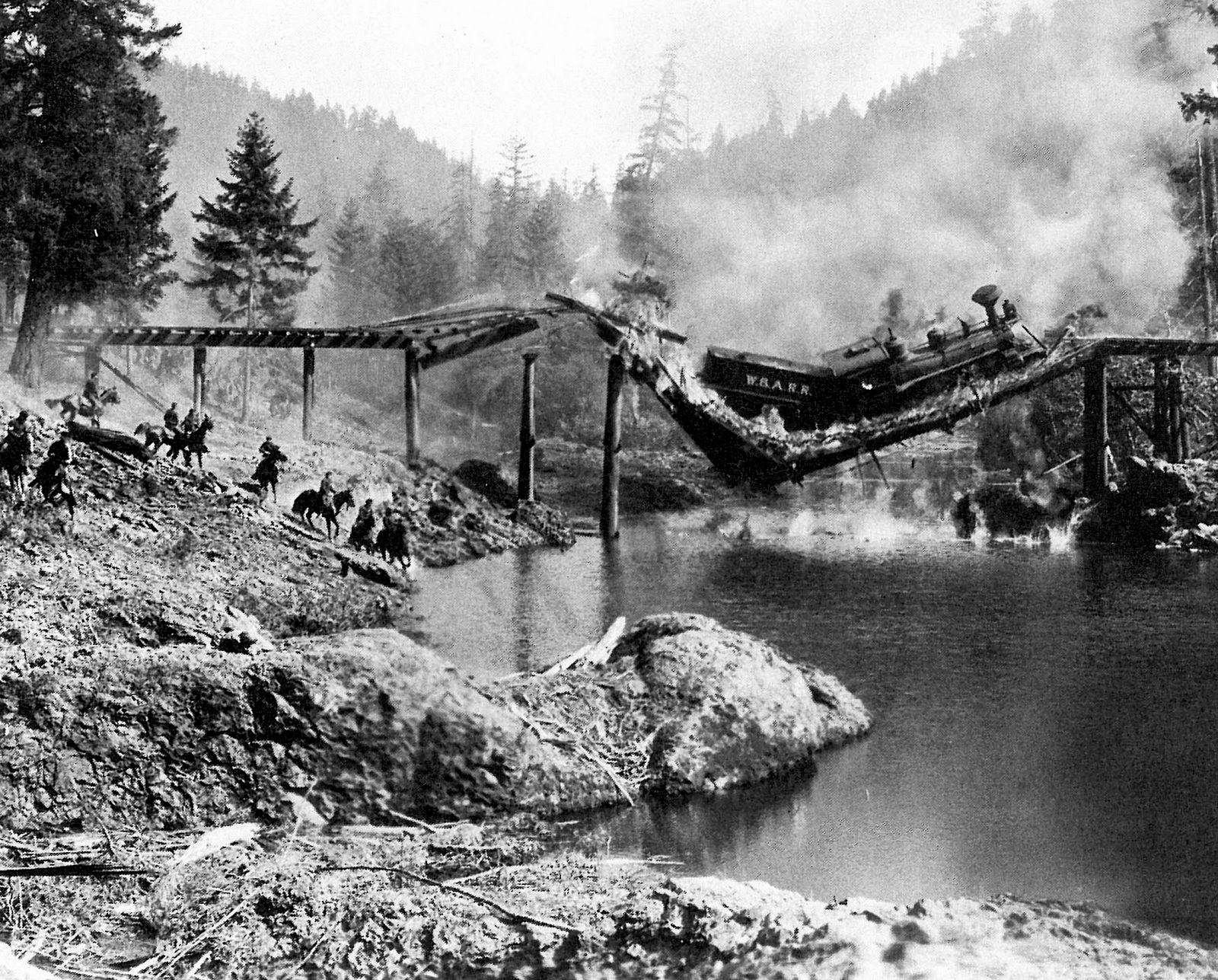
Unfortunately the film wasn’t a success. It made enough money for Buster Keaton Productions (a company named after the star but owned and run by Joseph Schenck with Keaton merely an employee) to cover the production costs but not enough for United Artists who paid for advertising and distribution. The fact is, for all the love that critics bestow upon Keaton today, he simply wasn’t as popular as either Charlie Chaplin or Harold Lloyd. This is a pity because, as a result, there are just not enough feature films that star this most unique, daring and funny actor.
The General might not be as funny as Sherlock Jnr. but it’s an essential addition to this Blu-Ray collection. The restoration is superb and the print is flawless. There is a new score by the great Carl Davies, the composer who worked with historian Kevin Brownlow on the magnificent restoration of Abel Gance’s Napoleon. The extras include two introductions, one from the aforementioned Orson Welles and another by one of the queens of the silent era Gloria Swanson, that would have been used before showing The General on television. There is also a number of documentaries including an interview with film historian Peter Kramer (who wrote the BFI book on The General).
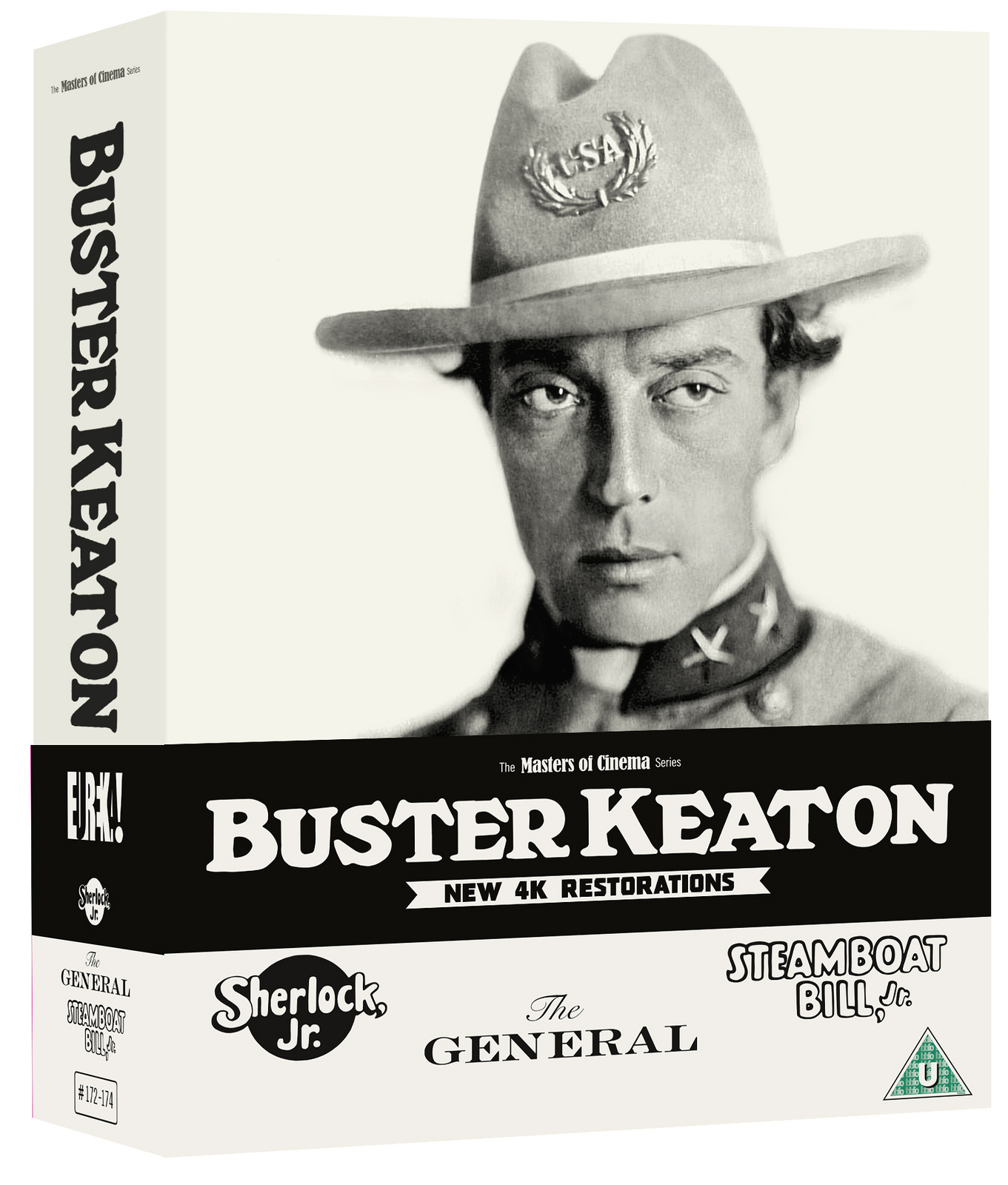
This Blu-ray is further evidence, if required, that the Eureka Video Buster Keaton Collection is an essential addition to any collector’s shelf.
Film ‘89 Verdict – 10/10
The Masters of Cinema Buster Keaton Collection is available on Blu-Ray now.

